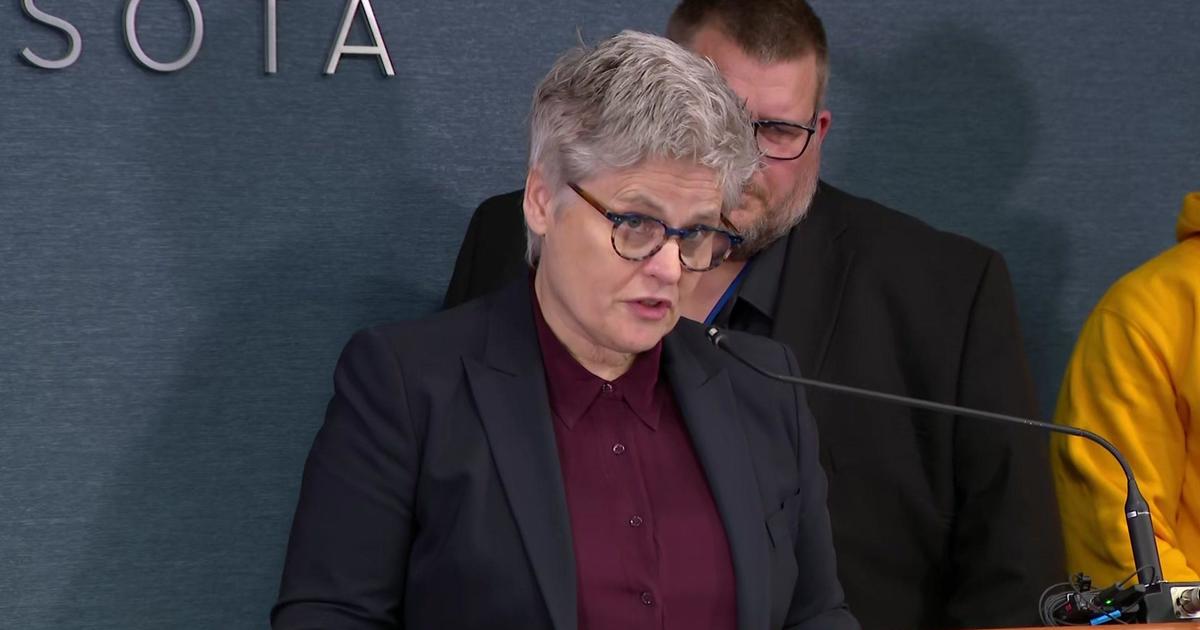How Did Twin Cities Skyway System Start?
MINNEAPOLIS (WCCO) -- Lunchtime over 7th Street between the Northstar and Baker Centers is crowded with people taking midday walks, grabbing their lunch or trying to get across town.
Few of the people in that skyway Tuesday afternoon knew it was the oldest skyway in Minneapolis, built in 1963. (The first skyway, built in 1962, was later torn down and rebuilt for what's now the Wells Fargo Center.)
The whole idea behind the skyways started in the late 1950s by developer Les Park. After General Mills had moved to Golden Valley and Southdale Center opened in Edina, he was concerned about the suburbs taking much of the retail business.
"They felt the downtown need to have a place for people to move as we would in a shopping mall from building to building without having to put on our coats," says Tom Fisher, a professor of architecture at the University of Minnesota.
Fisher says downtown leaders were skeptical at first because skyways were expensive.
"But, it turned out people love the skyway," Fisher says.
St. Paul built its first skyway in 1967 to connect the Federal Courts Building and the Pioneer Press Building. Later, more than a dozen other cities across the world would follow Minneapolis with their own smaller skyway systems.
"We were the first," says Fisher. "And, people still come here to study our system."
Minneapolis has the biggest connected system in the world – 80 blocks or 8 miles long. Calgary's skyway system is 11 miles long, but it's not continuous.
The two most recent skyways were built were 2016 to connect the system to U.S. Bank Stadium.



